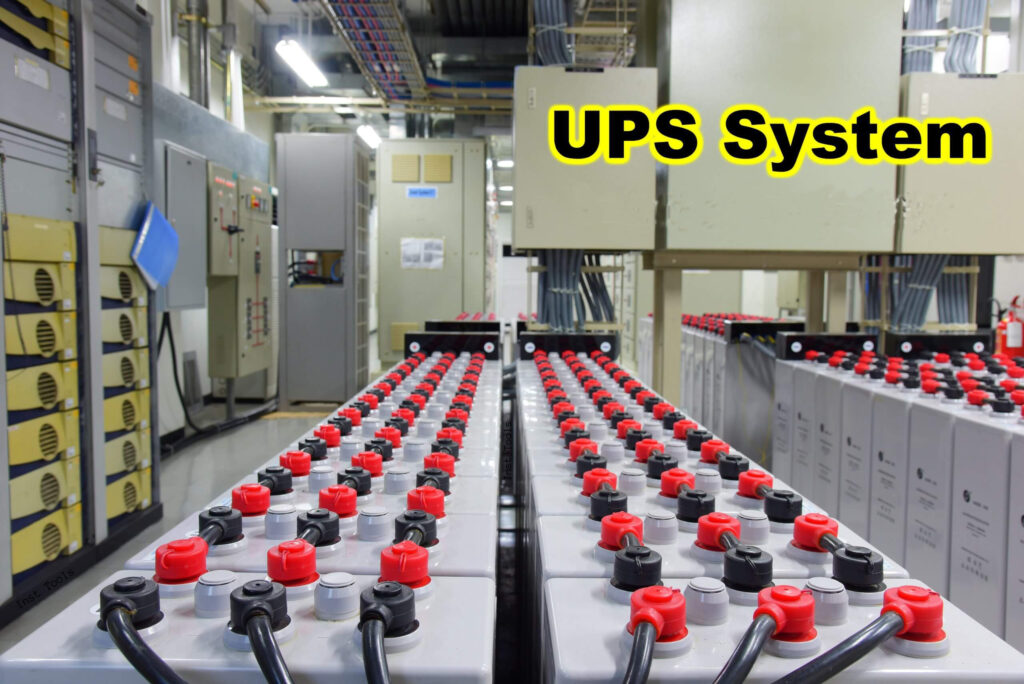Determining the UPS and battery capacity for your needs involves assessing your power requirements and considering factors such as the equipment you need to power, the duration of backup power required, and any additional factors that may impact your power needs.
- Identify Critical Equipment: Make a list of the equipment you need to power during a power outage. This may include computers, networking equipment, communication devices, and other essential electronics.
- Determine Power Requirements: Calculate the total power consumption (in watts) of the equipment you identified in step 1. You can usually find this information on the equipment’s specifications label or in the user manual. If the power consumption is listed in amps, you can convert it to watts using the formula: Power (Watts) = Voltage (Volts) × Current (Amps).
- Estimate Backup Time: Determine how long you need the UPS to provide backup power in the event of a power outage. This will depend on factors such as how quickly you can restore power, the criticality of the equipment, and any specific requirements for uninterrupted operation.
- Calculate Required UPS Capacity: To calculate the required UPS capacity (in volt-amperes or VA), use the formula: UPS Capacity (VA) = Total Power Consumption (Watts) / Power Factor. The power factor is typically around 0.7 for most IT equipment. If you’re unsure about the power factor, you can use 0.7 as a conservative estimate.
- Select UPS Size: Choose a UPS unit with a capacity equal to or greater than the calculated UPS capacity. It’s generally a good idea to choose a UPS with a capacity slightly higher than your calculated requirement to provide a buffer and accommodate future expansions.
- Select Battery Size: The battery size needed will depend on the required backup time and the power consumption of your equipment. Calculate the required battery capacity (in ampere-hours or Ah) using the formula: Battery Capacity (Ah) = (Total Power Consumption (Watts) × Backup Time (hours)) / Battery Voltage. Make sure to choose batteries compatible with the UPS unit you selected.
- Consider Environmental Factors: Take into account environmental factors such as temperature, humidity, and altitude, as these can affect the performance and lifespan of the UPS and batteries.
- Consult Manufacturer Recommendations: Check the manufacturer’s specifications and recommendations for the UPS and batteries you’re considering to ensure compatibility and optimal performance.
By following these steps and considering your specific requirements, you can determine the appropriate UPS and battery capacity to meet your needs and provide reliable backup power during outages.


